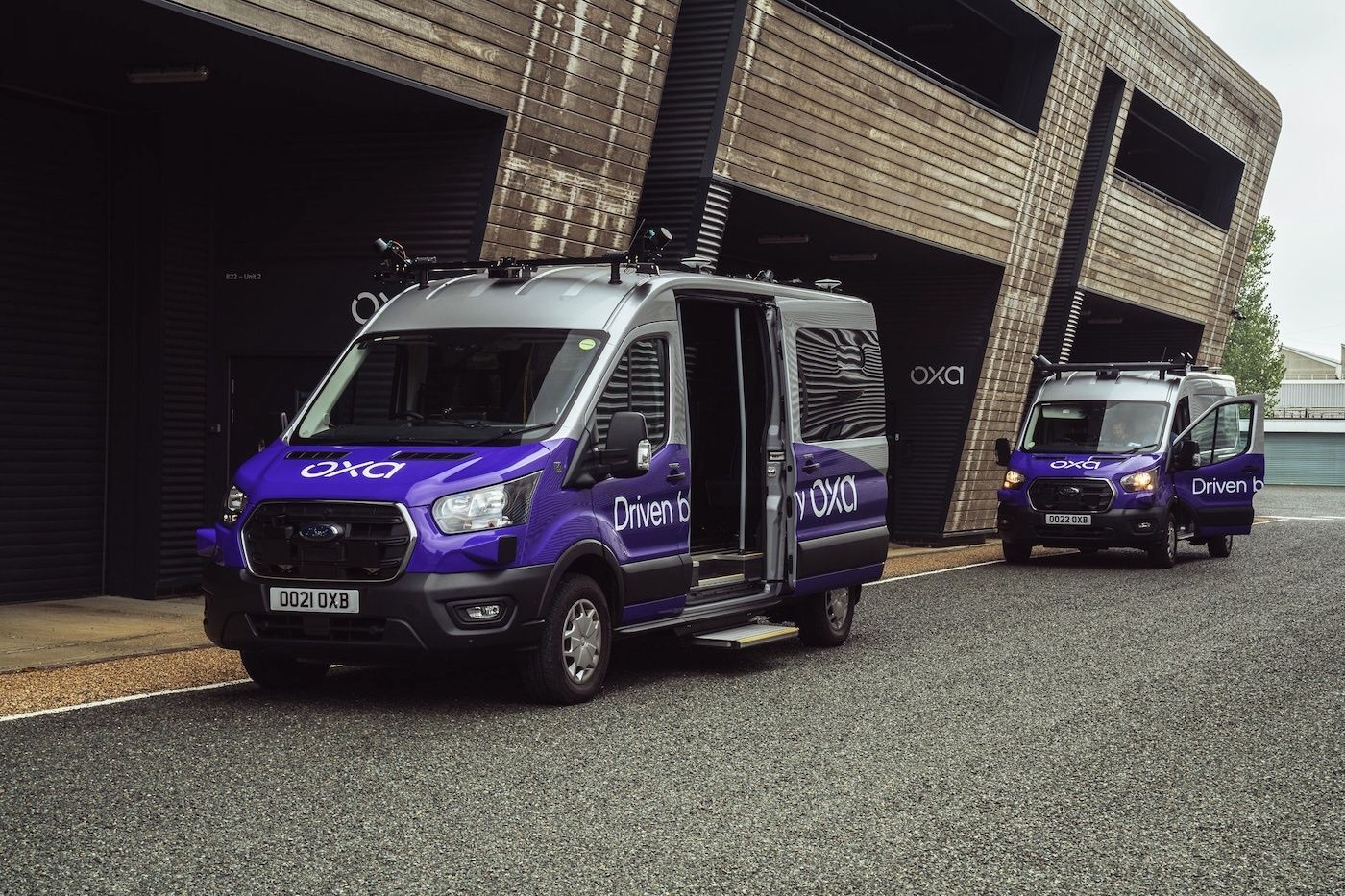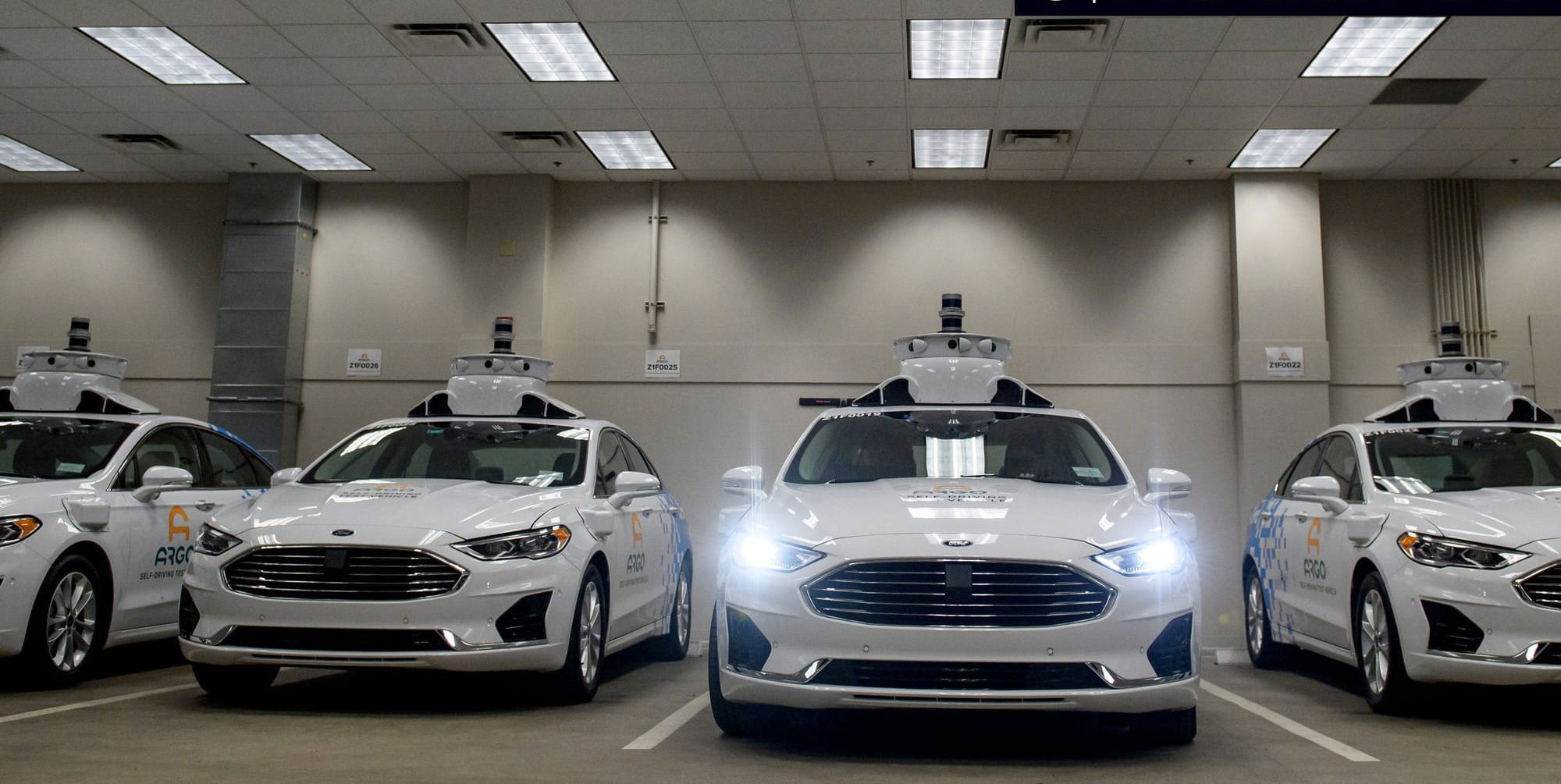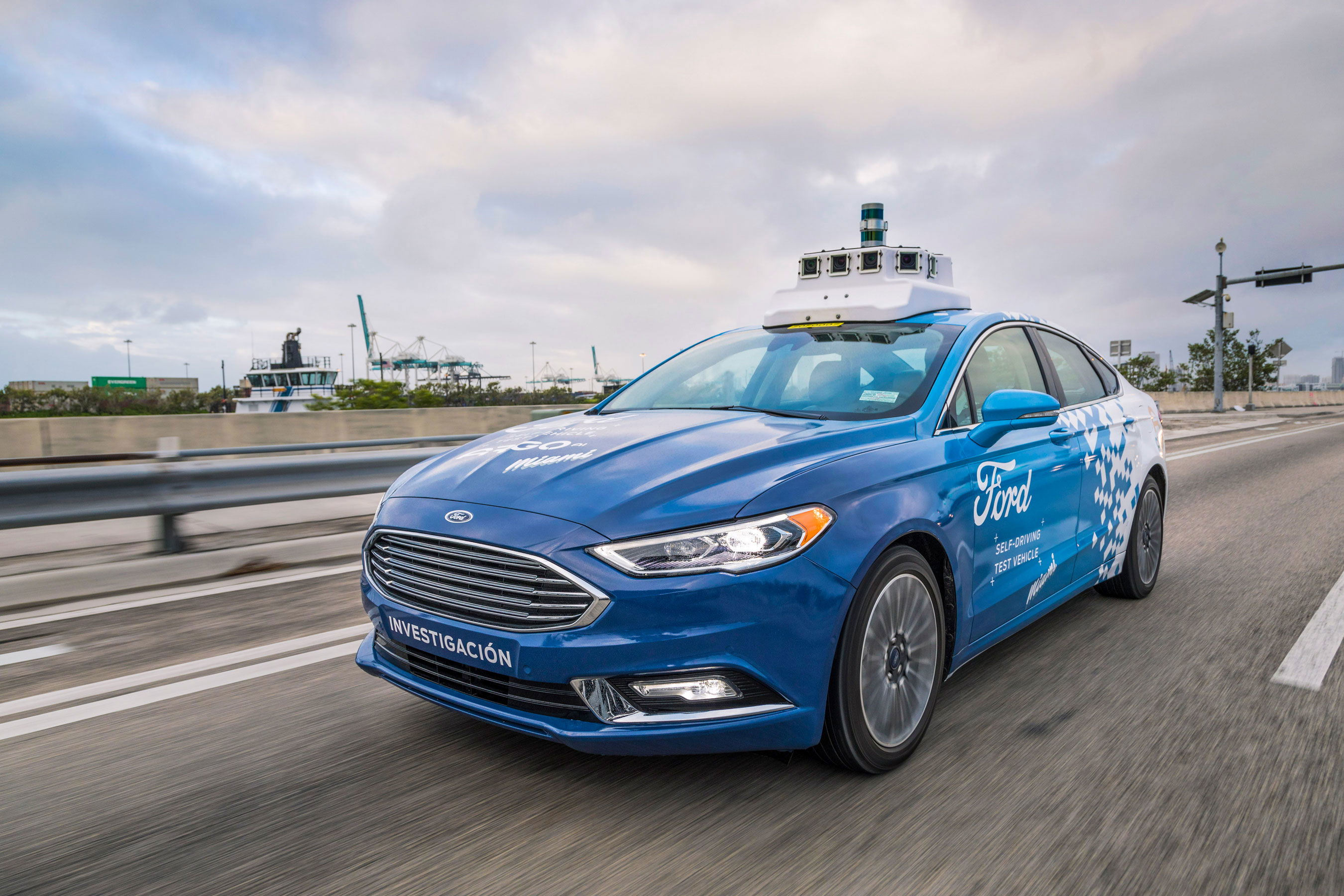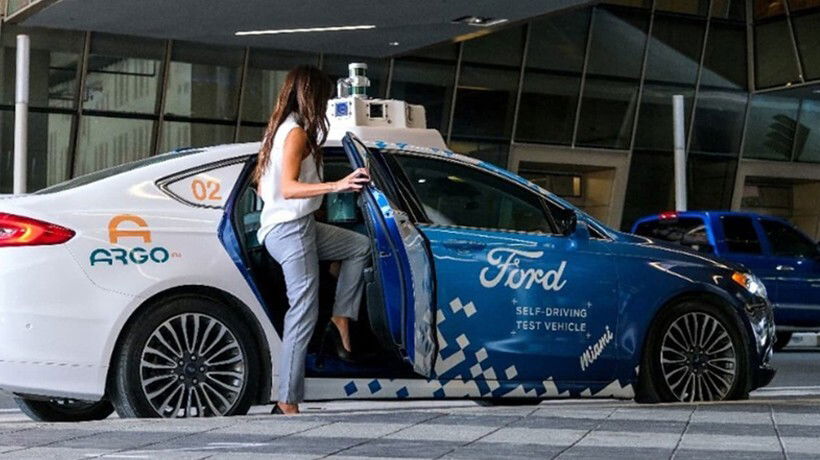The automotive industry is undergoing a paradigm shift toward autonomous and connected vehicles, necessitating advancements in communication protocols, energy efficiency, and cybersecurity.
Ford Global Technologies’ recent patent, "Systems and Methods of Remote Wake-Up of a Vehicle" (US20250118114), exemplifies this transition by introducing a novel framework for remotely activating non-responsive autonomous vehicles (AVs) using the CV2X-PC5 protocol instead of traditional cellular networks.
Let's take a look at the patent’s architecture, its implications for smart infrastructure, and the broader industry trends it signals, while dissecting the engineering and strategic rationale behind Ford’s approach.
See also:
Technical Architecture And Protocol Selection

At the core of Ford’s patent is the Automated Vehicle Marshaling (AVM) algorithm, a centralized system embedded in infrastructure (e.g., smart city nodes or fleet depots) that orchestrates the wake-up of non-responsive AVs. The system replaces cellular-based wake-up mechanisms with CV2X-PC5, a direct vehicle-to-everything (V2X) communication standard operating in the 5.9 GHz band.
This protocol is part of the 3GPP Release 14 specifications and is optimized for low-latency, high-reliability communication, critical for real-time AV operations .
The patent details a multi-step process:
1. The AVM algorithm requests the power state of a non-responsive vehicle from a fleet.
2. It verifies the vehicle’s status (e.g., off-state, low battery) via GUID-authenticated messages.
3. If the vehicle meets wake-up criteria (e.g., battery discharge below a threshold), the infrastructure issues a wake-up command via CV2X-PC5, prompting the vehicle to transition from off-state to low-power or full-power mode.
Shifting from cellular to CV2X-PC5 resolves three key inefficiencies: cost, latency, and security.
Cellular modules impose significant expenses, adding $50–$100 per vehicle in hardware and subscription fees, while CV2X-PC5 eliminates these costs by leveraging existing V2X hardware.
Latency is another critical factor—cellular networks often suffer from congestion-induced delays ranging from 100ms to 1s, making them unreliable for autonomous vehicle operations. In contrast, CV2X-PC5 delivers consistent sub-20ms latency, essential for real-time decision-making.
See also:
Security vulnerabilities in cellular systems, particularly relay attacks where hackers intercept and replay signals to unauthorized vehicles, are mitigated by CV2X-PC5’s robust security framework. Using asymmetric cryptography and GUID-based authentication, CV2X-PC5 ensures only verified infrastructure can issue commands, significantly reducing the risk of unauthorized access.
By addressing these inefficiencies, CV2X-PC5 offers a more cost-effective, responsive, and secure alternative to cellular-based solutions for vehicle communication.
Energy Management And Fleet Optimization

The patent emphasizes dynamic power management, a feature critical for large-scale AV fleets. Non-responsive vehicles are monitored for high-voltage battery (traction battery) discharge rates and low-voltage battery (auxiliary systems) health.
If a vehicle’s power state falls below a threshold (e.g., <10% charge after 24 hours idle), the AVM algorithm triggers a wake-up to prevent deep discharge, which can permanently damage lithium-ion batteries. Conversely, if the battery is stable, the vehicle remains in low-power mode, reducing energy waste.
This system aligns with Ford’s broader prognostics and health management (PHM) strategy, where vehicle data is aggregated to predict maintenance needs. For example, a fleet operator could use AVM-collected battery data to identify vehicles with degrading cells and schedule preemptive replacements, reducing downtime.
Cybersecurity And Regulatory Considerations

The patent’s reliance on GUIDs and CV2X-PC5 introduces robust security measures but also raises regulatory questions. The EU AI Act (Annex IV) requires detailed documentation for AI systems like AVM, including:
- Risk management protocols (e.g., handling GUID spoofing attempts).
- Data provenance (e.g., how battery data is stored and shared).
- Human oversight mechanisms (e.g., manual override for wake-up commands).
Ford’s system appears designed for compliance, with GUIDs ensuring traceability and cryptographic safeguards meeting UNECE WP.29 standards for automotive cybersecurity. However, the patent does not explicitly address GDPR or CCPA implications for data collected from AVs, a potential gap for deployments in regulated markets .
Strategic Implications For Smart Cities And Competitors

Ford’s patent signals a move toward infrastructure-dependent AV fleets, where smart cities or private depots act as central hubs for vehicle management. This aligns with municipal projects like Cologne’s Connected Vehicle Testbed, where CV2X enables traffic light-to-vehicle communication. By owning the AVM IP, Ford could license the system to cities or charge fees for fleet operators using its infrastructure .
Competitively, the patent positions Ford ahead of rivals still reliant on cellular (e.g., Tesla’s LTE-based wake-up) or proprietary protocols (e.g., GM’s Ultra Wideband). However, there are still challenges to be surmounted.
CV2X-PC5 requires widespread RSU (roadside unit) adoption, which lags in North America compared to China (where >500,000 RSUs are deployed). Secondly, competing V2X protocols (e.g., DSRC in Japan) could fragment global markets, forcing Ford to support multiple standards.
A Blueprint For The Autonomous Future

More than a technical novelty, Ford’s remote wake-up patent is a blueprint for the next era of AV ecosystems. By combining CV2X-PC5’s low-latency communication with granular energy management and hardened security, the system addresses key barriers to scalable autonomy.
However, its success hinges on infrastructure partnerships, regulatory alignment, and overcoming interoperability hurdles. As Ford integrates this technology into its 2027 AV fleet plans, the industry will watch closely, as the patent could set a de facto standard for how vehicles and cities interact in the autonomous age.
For further technical details, refer to the full patent here.